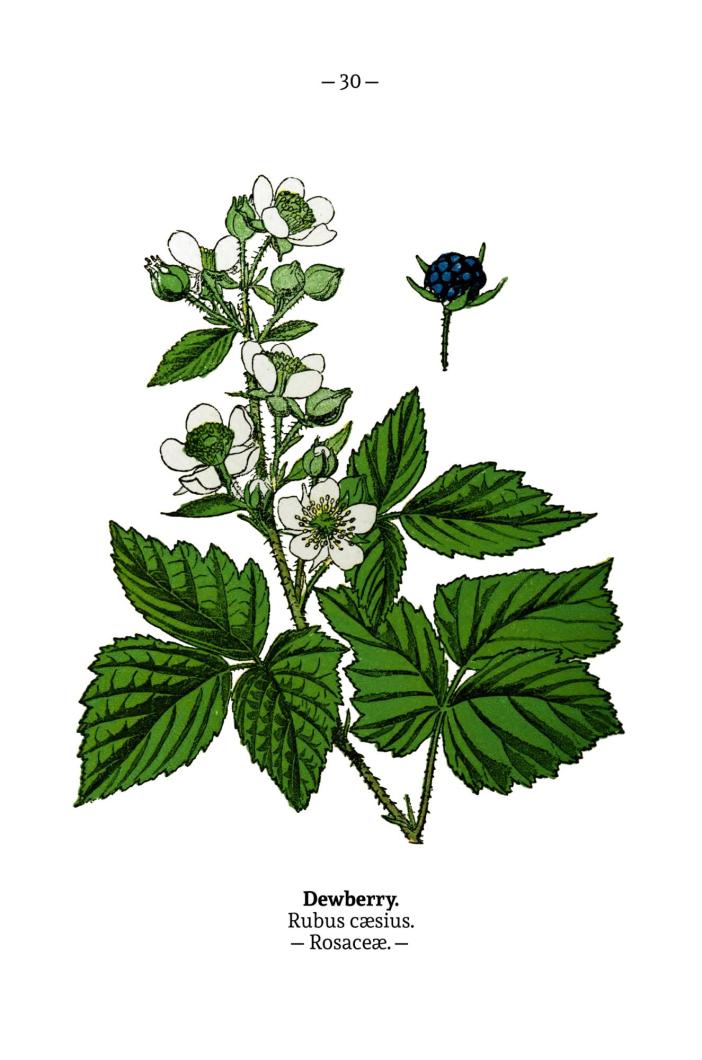Dewberries are difficult.
These vigorous vines can be hard to identify and hard to manage, though they have for centuries supplied a wild food source and also sparked a classification conundrum. While you might not know the name, you more than likely know the plant.
This low-running vine has prickles that scratch your ankles and catch your pants, and is widespread and abundant in island landscapes. It is a scourge to some who may try to eliminate it from their yard, but a boon to others who appreciate its history, endurance, temerity, edibility and abundance.
A part of the Rubus genus of plants, which includes blackberries and raspberries, these and other brambles are known for their fruit. Bountiful berries feed wildlife and people and have long captured the attention of agriculturalists that sought to control and manipulate these plants for domestication.
It is likely that indigenous people used the leaves and berries of native species of dewberries that ran wild across the landscape. Before colonization, there were likely only a few distinct and native species of dewberry. As European immigrants and their descendants cleared and changes the landscape, conditions improved for dewberry to expand and it did, later catching the attention of those who were determined to improve it for food and commercial purposes.
Many desired to tame this wild vine, and some eventually succeeded. Start with a Captain Lovett who lived in Massachusetts in the mid-nineteenth century. While little could be found on the man, reportedly he failed in his efforts to domesticate wild brambles for commercial crops and eventually gave up. He is only remembered because a contemporary, Eliphalet Thayer, took up the charge and introduced Lovett’s cultivar, called “the Dorchester,” named after Lovett’s hometown, to the Massachusetts Horticultural Society.
Other men continued to cultivate and breed what they hoped would be improved dewberry plants, including a Philadelphia physician, Dr. William Draper Brinckle. Dr. Brinckle, developed a successful treatment for jaundice. He was also a pomologist (fruit scientist) in his spare time, and was well known for his fruit parties where he matched chefs, wines, and fruits at his social events to delight his contemporaries and amaze his fellow horticulturalists with the latest in cultivars.
As more and more work commenced in evolving dewberry and other brambles, their identities and crosses became more and more confounding to botanists trying to categorize, describe, and name each unique species.
Liberty Hyde Bailey entered this fruit foray in the late nineteenth century. This American horticulturalist was noted for accomplishments too numerous to list here, but may perhaps bear fruit for a column for another day. He was a serious scholar and namer of many species, including more than a dozen separate species of dewberry.
Which brings me to my backyard in the present day, with droves of dewberry running across the yard. Perhaps my variety is local native Rubus hispidus, also known as creeping dewberry, bristly dewberry, and swamp dewberry, or maybe it is common dewberry, Rubus flagellaris. Or possibly it is another genetic mishmash, a blended berry long changed by history and humans.







Comments
Comment policy »